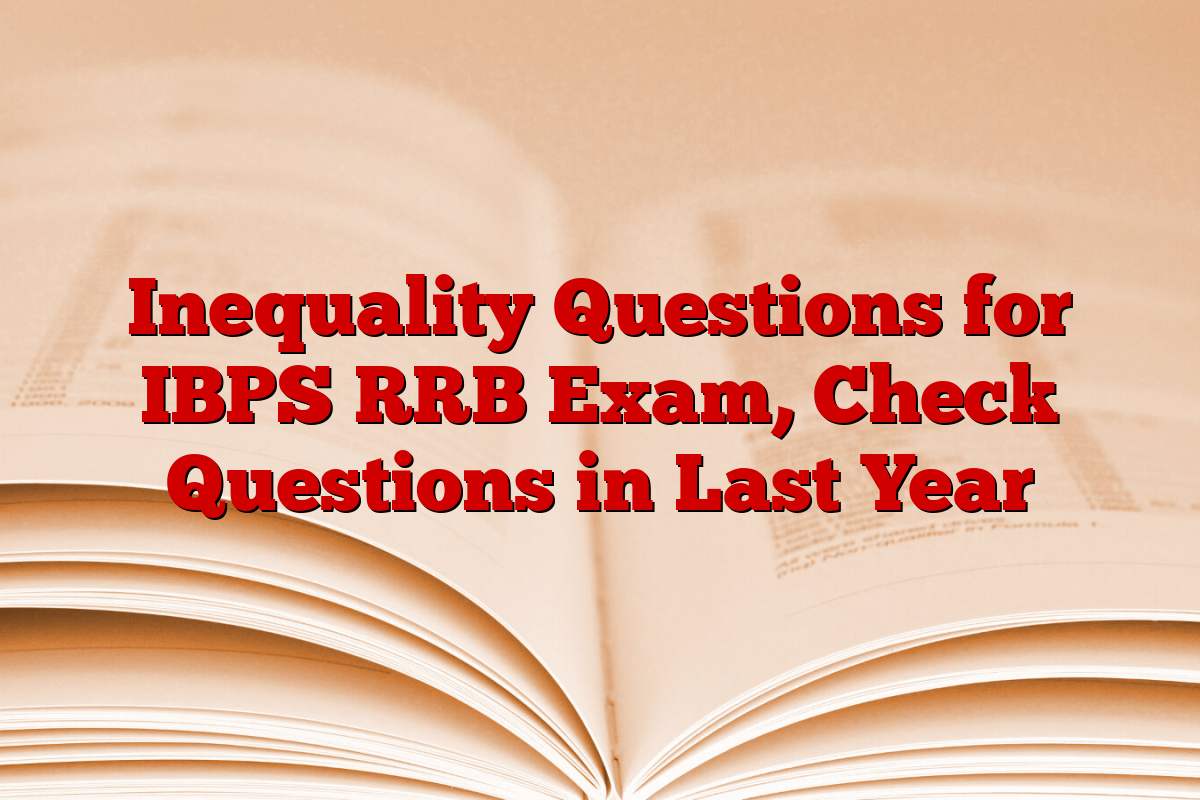(A) If only the conclusion is true.
(b) If only conclusion II is true.
(c) If either conclusion I or II is true.
(d) If neither conclusion I nor II is true.
(() If both conclusions I and II are true.
Guidelines (04-06): In each question, relationships between certain elements are shown in statements. After these statements, the conclusions are concluded after I and II. Read the statement and answer.
Q04.
Statements: H> i = J ≥ k
Conclusions: I. p> k ii. L ≤ ≤ q
(A) If only the conclusion is true.
(b) If only conclusion II is true.
(c) If either conclusion I or II is true.
(d) If both conclusions I and II are true.
(() If neither conclusion I nor II is true.
Q05. Statements: M ≥ n> o> p, r, ≤ o = l> s
Conclusions: I. S
(A) If only the conclusion is true.
(b) If only conclusion II is true.
(c) If either conclusion I or II is true.
(d) If both conclusions I and II are true.
(() If neither conclusion I nor II is true.
Q06. Statements: D ≤ e> f> g = h
Conclusions: I. f> z ii. D (A) If only the conclusion is true. (b) If only conclusion II is true. (c) If either conclusion I or II is true. (d) If both conclusions I and II are true. (() If neither conclusion I nor II is true. Instructions (07-09): In the question below, the relationship between different elements is shown in the statement. There are two conclusions after these statements. Answer: Q07. Statements: XAE> z = w – d Conclusions: I. U> Z II. X ≥ w (A) Only the conclusion I am true (B) Only conclusion II is true (c) Either conclusion I or II is true (d) Neither conclusion I nor II is true (() Conclusion I and II are both true Q08. Statements: M> Q ≤ r = s ≥ bvu> v Conclusions: I. Q ≤ s ii. V (A) Only the conclusion I am true (B) Only conclusion II is true (c) Either conclusion I or II is true (d) Neither conclusion I nor II is true (() Conclusion I and II are both true Q09. Statement: P ≤ g> h ≥ a = c Conclusions: I. G ≤ k ii. G> K (A) Only the conclusion I am true (B) Only conclusion II is true (c) Either conclusion I or II is true (d) Neither conclusion I nor II is true (() Conclusion I and II are both true Guidelines (10–11): In these questions, the relationship between different elements is shown in statements. There are two conclusions after the statements. Study the conclusion based on the given statements and select the appropriate answer: Q10. Statement: M ≥ n = o v ≥ p> x Conclusions: I. n (A) Only the conclusion I am true (B) Only conclusion II is true (c) Either conclusion I or II is true (d) Neither conclusion I nor II is true (() Conclusion I and II are both true Q11. Statement: A e Conclusions: I. B> II. I = b (A) Only the conclusion I am true (B) Only conclusion II is true (c) Either conclusion I or II is true (d) Neither conclusion I nor II is true (() Conclusion I and II are both true Guidelines (12-14): In each question, relationships between certain elements are shown in statements. After these statements, the conclusions are concluded after I and II. Read the statement and answer. Q12. Statement: A E, f> g Conclusions: I. d ≥ b ii. Zee (A) If only the conclusion is true. (b) If only conclusion II is true. (c) If either conclusion I or II is true. (d) If both conclusions I and II are true. (() If neither conclusion I nor II is true. Q13. Statement: P Conclusions: I. p> v ii. U ≥p (A) If only the conclusion is true. (b) If only conclusion II is true. (c) If either conclusion I or II is true. (d) If both conclusions I and II are true. (() If neither conclusion I nor II is true. Q14. Description: x = y Conclusions: I. z> b ii. X ≤ v (A) If only the conclusion is true. (b) If only conclusion II is true. (c) If either conclusion I or II is true. (d) If both conclusions I and II are true. (() If neither conclusion I nor II is true. Instructions (15–17): In these questions, the relationship between different elements is shown in statements. There are two conclusions after these statements. Answer Q15. Statement: J ≤ k Conclusions: I. K (A) If only the conclusion is true. (b) If only conclusion II is true. (c) If either conclusion I or II is true. (d) If neither conclusion I nor II is true. (() If both conclusions I and II are true. Q16. Statement: P = Q ≤ R Conclusions: I. Q (A) If only the conclusion is true. (b) If only conclusion II is true. (c) If either conclusion I or II is true. (d) If neither conclusion I nor II is true. (() If both conclusions I and II are true. Q17. Statement: x ≥ y Conclusions: i. x (A) If only the conclusion is true. (b) If only conclusion II is true. (c) If either conclusion I or II is true. (d) If neither conclusion I nor II is true. (() If both conclusions I and II are true. R ≤ s> t = u = v
Solution
01
B
02
A
03
D
04
A
05
D
06
ET
07
A
08
ET
09
C
10
A
11
C
12
D
13
C
14
ET
15
B
16
ET
17
D

